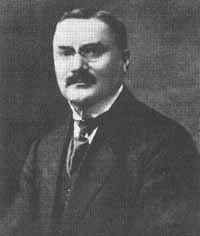Analysis of Primal Death
August Stramm 1874 (Münster) – 1915 (Kobryn)
Space
Time
Space
Travel
Raining
Ai ming
Space
Time
Space
Expanding
Un iting
Increasing
Space
Time
Space
Sweeping
Restraining
Stretching
Space
Time
Space
Wrestling
Throwing
Throwi ng up
Space
Time
Space
Falling
Sinkin g
Overturning
Space
Time
Space
Whi rling
Space
Time
Space
Disturbing
Space
Time
Space
Whirring
Space
Ti me Space
Erring at
Nothing
| Scheme | ABAcddABAdddABAdddbAddeABAdfdABAdABAdABAdAagd |
|---|---|
| Poetic Form | Tetractys (71%) |
| Metre | 1 1 1 10 10 11 1 1 1 010 11 010 1 1 1 10 010 10 111 1 10 10 111 1 1 1 10 11 100 1 1 1 11 1 1 1 010 1 1 1 10 1 111 101 10 |
| Characters | 322 |
| Words | 57 |
| Sentences | 1 |
| Stanzas | 1 |
| Stanza Lengths | 45 |
| Lines Amount | 45 |
| Letters per line (avg) | 7 |
| Words per line (avg) | 1 |
| Letters per stanza (avg) | 295 |
| Words per stanza (avg) | 55 |
Font size:
Submitted on May 13, 2011
Modified on March 05, 2023
- 16 sec read
- 378 Views
Citation
Use the citation below to add this poem analysis to your bibliography:
Style:MLAChicagoAPA
"Primal Death" Poetry.com. STANDS4 LLC, 2024. Web. 29 Apr. 2024. <https://www.poetry.com/poem-analysis/4053/primal-death>.


Discuss this August Stramm poem analysis with the community:
Report Comment
We're doing our best to make sure our content is useful, accurate and safe.
If by any chance you spot an inappropriate comment while navigating through our website please use this form to let us know, and we'll take care of it shortly.
Attachment
You need to be logged in to favorite.
Log In